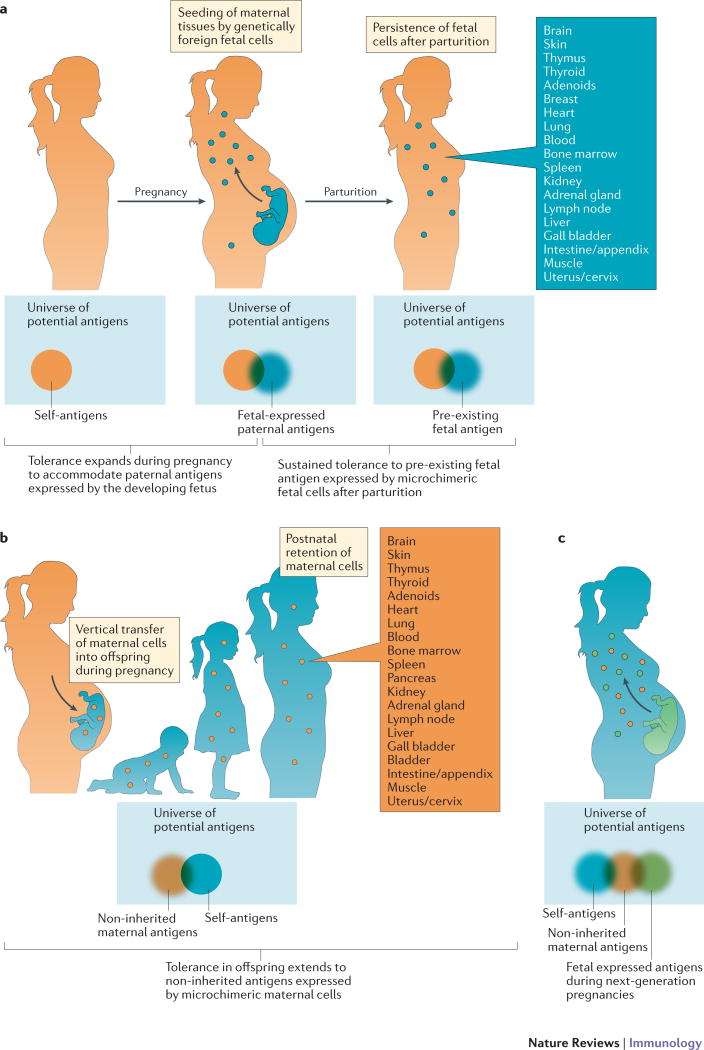Fig. 1. Pregnancy imprints expanded immune tolerance in mothers and offspring.
(a) Among the universe of all possible antigens to which the immune system can theoretically respond, immune tolerance expands in mothers during pregnancy beyond her own genetically encoded self-antigens (orange), to encompass genetically foreign paternal antigens expressed by the developing fetus (blue). This coincides with the widespread seeding of maternal tissues by genetically foreign fetal cells during pregnancy. Long-term persistence of these fetal cells after parturition suggests that expanded tolerance is maintained in mothers to include fetal antigens from prior pregnancy. (b) Immune tolerance expands in offspring beyond genetically encoded self-antigens (blue), to also include genetically foreign non-inherited maternal antigens (NIMAs) (orange). This begins with the vertical transfer of maternal cells into offspring during in utero development. The long-term postnatal retention of these genetically foreign maternal cells in the tissue of offspring is indicative of persistently expanded tolerance to NIMAs. (c) Immune tolerance further expands during next-generation pregnancies in female offspring beyond her own genetically encoded self-antigens (blue) and noninherited antigens from her own mother (orange), to include genetically foreign paternal antigens expressed by the developing fetus (green).

